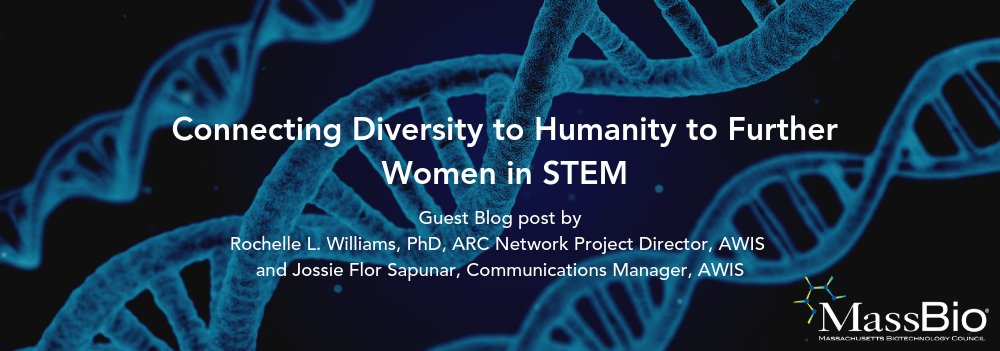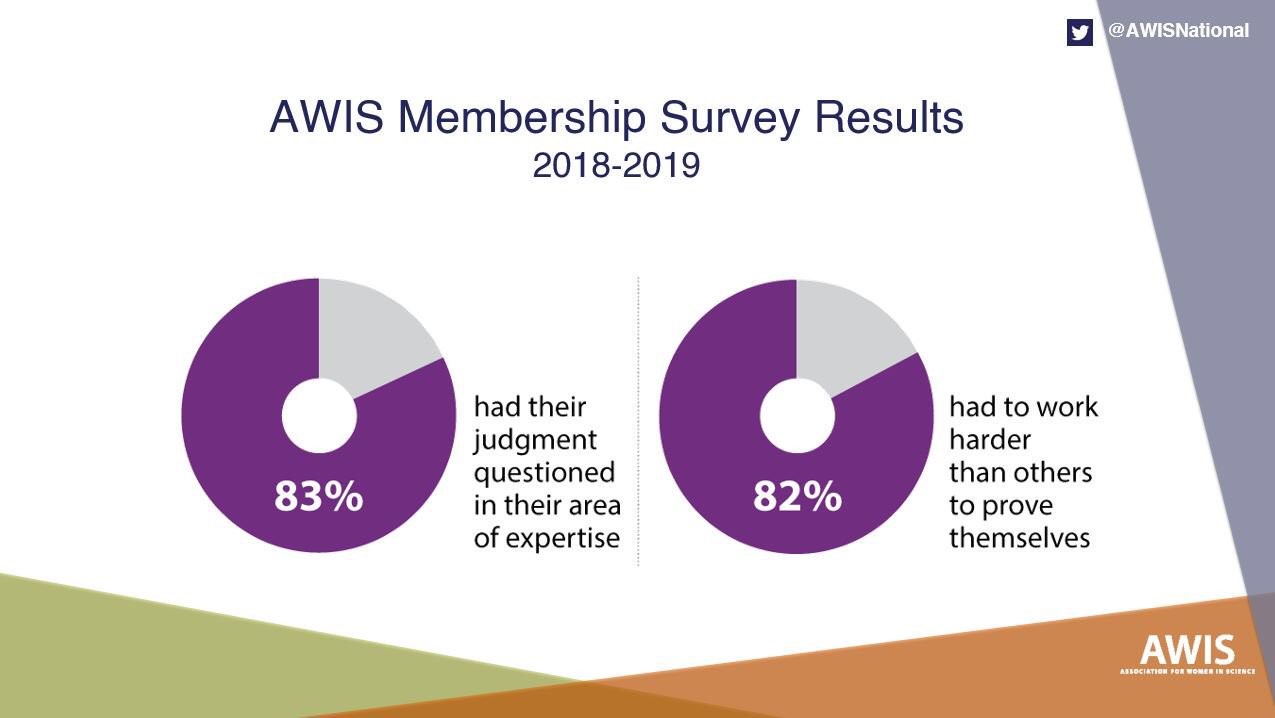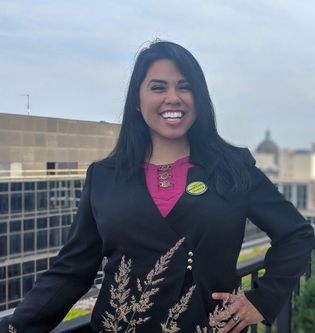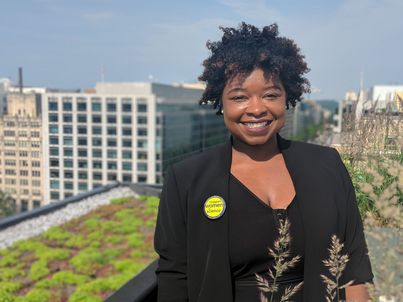
“Good” workplaces support women’s rights. Everybody knows that.
Or, at least they do ostensibly. That’s what the Association for Women in Science (AWIS) has found. While no company wants to be perceived as proactively working to exclude women from the sciences, backing the issue without the appropriate resources and support to enact challenging structural changes becomes lip service.
In the U.S., researchers, policy makers, scientific funding agencies, companies, educational institutions, and practitioners have invested significantly in the recruitment of women and people from historically underrepresented racial and ethnic backgrounds throughout AWIS’ almost 50-year history. Over this period, we’ve seen some headway in degree matriculation as women now earn more than half of all STEM degrees. In some fields, degrees earned have reached or neared parity.
However, many problems mar the STEM industry.
For historically underrepresented groups there is much stratification in movement into senior and leadership roles across sectors in STEM educational and workspaces. Across the entire length of STEM career pathways, research illustrates myriad cultural biases and barriers for these groups including those that impact scientific identity, self-efficacy, and fit. The 2019 AWIS Transforming STEM Leadership report finds that inequities with regard to hiring practices, space and resource allocation, salary and compensation pack composition, evaluation, recognition, promotion, and tenure establish a culture that compel women and underrepresented groups to leave STEM at twice the rate as men.

In the winter of 2018, AWIS surveyed its membership about their leadership experiences. Most survey respondents serve or have served in AWIS leadership roles, facing many gender- and race-related barriers along the way that still influence aspiring leaders’ journeys to the top. In addition, among the respondents, women of color are 14% more likely than their white women peers to face assumptions that they are more junior or have less experience than they do and are about 10% more likely to have someone else take credit for their ideas.
Leading with the 3 Is framework
Connecting diversity to humanity is a vision for preparing organizations for the future. At AWIS, through its NSF-funded ARC Network initiative, researchers and practitioners who conduct research and develop policies and resources that lead to the advancement of women in STEM workplaces use an intersectional, intentional, and inclusive lens. We call that the 3 Is framework.
Individuals and organizations can use the 3 Is framework on their journey to not only diversify employees, companies or organizations, but to also ensure that space is being made for people to bring their full selves to work.
Adopting a target-based mindset
Anyone engaging in diversity, equity, and inclusion initiatives must shift from a target-based mindset to an outcomes-based mindset. A target-based mindset is one that narrowly focuses on checking the box (Is there someone with XYZ identity in my hiring pool?), whereas an outcomes-based mindset thinks with the end in mind (How can I create an inclusive workplace that encourages employees to bring their full selves to work?). The outcomes-based mindset incorporates goals for diversity with a clear understanding of how these efforts fit into the overall vision of the organization.
This is where the 3 Is framework comes into play. When it comes to creating equitable work environments, the framework should guide employers making strategic planning decisions.
Inclusive: Apply an inclusive lens to determine if authentic, equitable environments are truly being experienced for all. Authentic environments give people permission to show up as their full selves, where they don’t have to hide any one part of their identity to belong. Equitable environments guarantee fair treatment, access, opportunity and advancement for all while at the same time striving to identify and eliminate barriers that have prevented the full participation of some groups.
Intersectional: Use intersectionality to view the world. A term first coined by legal scholar Kimberlé Crenshaw, PhD, over 30 years ago, intersectionality has evolved to explain how one’s individual characteristics or identities “intersect” with one another and overlap to form very unique experiences with discrimination and privilege.
When putting an intersectional lens into practice, focus should not be on gender alone. Instead, it should incorporate how gender intersects with race, socioeconomic status, education, level of ability and any other individual characteristics that are not represented by majority populations. Push back on the notion that individuals can be placed into these very broad buckets based on their identities. Disaggregate the data and think about the unique experiences of not just women as a whole, but the experiences of women of color, women with disabilities, or women from the LGBTQ community.
This helps organizations see that women may not be experiencing barriers to advancement based on just that one aspect of their identity (their gender). The intersection of multiple aspects of their identities may expose them to structural barriers different from one another because racism and sexism (and every other -ism) come together in very interesting ways to define people’s experiences.
Intentional: Finally, be intentional. This requires that workplaces have a continuous focus and commitment to cultivating individual and organizational self-awareness and action. Being intentional requires aligning vision with action – and the resources and support from key and influential leaders needed to sincerely put the institution back on track to equity.
Diversity and inclusion programs, despite best intentions and significant capital investment, will not thrive with the same actions within the same old system. By connecting diversity to humanity, you recognize and challenge your own biases – and that allows yourself and your workplace to grow.
Rochelle L. Williams, PhD, is project director for the ARC Network, an AWIS initiative. Dr. Williams holds a Bachelor of Science in Physics from Spelman College and both a Master of Engineering in Mechanical Engineering and Doctorate in Science and Mathematics Education from Southern University and A&M College.

As communications manager at AWIS, Jossie Flor Sapunar implements an integrated communications strategy by developing and managing targeted efforts to promote the association’s key objectives, brand and mission. A bilingual communications professional, she comes to AWIS from the non-profit and public sector, where she has advocated on behalf of the Latino community at LULAC, international human rights at Catholic Relief Service and the American people at the U.S. House of Representatives.
